Inside the fascinating studio of Sindh’s Michelangelo
Fakeero Solanki, a Tamgha-e-Imtiaz recipient, has made over 350 sculptures, countless paintings
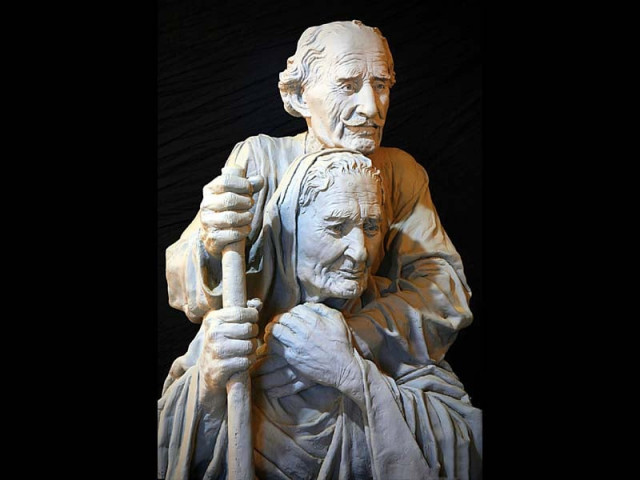
In the remote district of Tando Allahyar, there is a room home to the lifeless, or rather lifelike, forms of Quaid-e-Azam Mohammad Ali Jinnah, Benazir Bhutto, Abraham Lincoln and numerous others.
They rest side by side, as their creator, Fakeero Solanki, busies himself with playing with clay, wood, plaster of Paris, fibreglass and plasticine, to produce masterpieces with his gifted hands.
Solanki, who bade farewell to formal education after intermediate in 1996, was neither imparted the skill of sculpting at an art school, nor did he have the privilege of working as an apprentice to an art maestro. And so, he found a spiritual mentor in Michelangelo- the famous Italian sculptor, painter, architect and poet.
Inspired by the work of the late Italian artist, Solanki, who is simply referred to as Fakeero among art lovers, began training himself for creating art way back in 1993.
“I got my hands on some rare books of art being sold on a rehri [pushcart] in Karachi’s Khori Garden [a wholesale market],” he recalled. “It was through them that I began to familiarise myself with techniques [to create art].”
However, in his opinion, his expertise today, for which he was awarded Tamgha-e-Imtiaz- the highest civilian honour- in 2020, are not just a result of his hard work of the past 30 years. It runs in the blood is what is says.
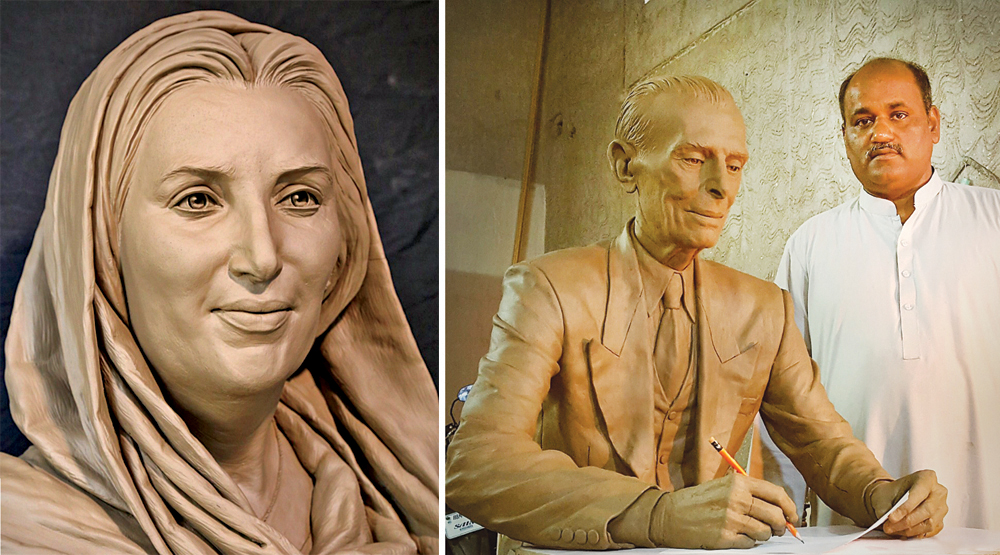
“My father and grandfather were masons who sculpted idols for worship. I got my talent from them, but they left too soon,” he lamented to The Express Tribune. “I wish I could learn more from them.”
Carrying forward their legacy with the meagre resources Solanki has, he has created over 350 sculptures and countless drawings and paintings in his small studio at his home, located on Tando Allahyar’s Chamber Road.
Every day, he starts working at 9am and calls it a day at around 6pm. Not a day passes when Solanki spends away from his studio and sculptures.
“Because an artist never thinks of taking a holiday,” he said. “Not even when his profession begins to affect his and his family’s health.”
In Solanki’s case, it the dust and fumes from chemicals in his studio that more often than not leave a family member of his sick. And this disturbs him mentally- to no end. Yet, he refuses to give up on the profession, because, as he said with a smile, “I have no choice.”
Now being recognised across the province, and the country, for his expertise and unending love for art, the artist should be provided patronage, believes anthropologist Sikandar Ali Hullio.
“His is an amazing artist, whose work with clay, in particular, is exceptional,” Hullio said, reiterating that “His work must be patronised. Fakeero is an artist, he is an institution, and the government must help him establish an [art] institute.”
However, even when lacking one, Solanki is willing to teach students. But where?
“They [art lovers and students] approach me from across the country but I don’t’ have enough space [in my studio],” he lamented. Neither does he have the resources to spend time on mentoring students, compromising whatever little he earns from his art.
Published in The Express Tribune, February 7th, 2021.


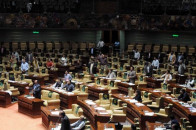
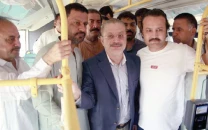






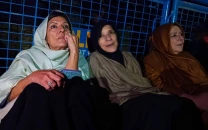







COMMENTS
Comments are moderated and generally will be posted if they are on-topic and not abusive.
For more information, please see our Comments FAQ